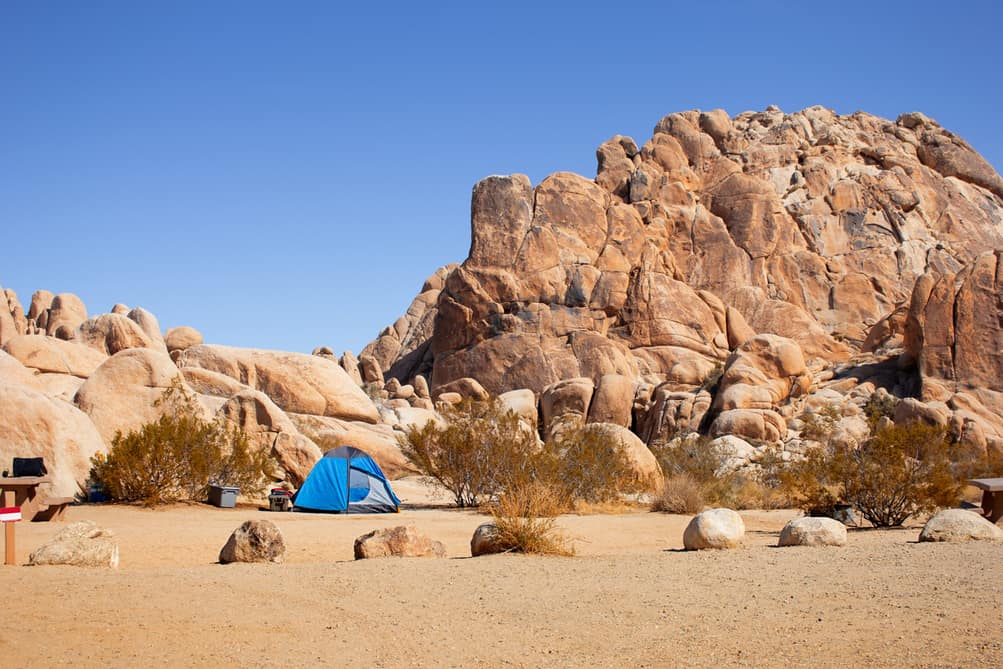Camping in US National Parks offers an unparalleled opportunity to immerse yourself in some of the most breathtaking natural landscapes on Earth. From the towering sequoias of Yosemite to the otherworldly deserts of Joshua Tree, these protected areas provide diverse environments for outdoor enthusiasts to explore. However, proper planning and preparation are essential to make the most of your national park camping experience.
Choosing the Right National Park
Selecting the perfect national park for your camping adventure depends on several factors, including your desired location, climate preferences, and the activities you wish to pursue. While iconic destinations like Yellowstone and the Grand Canyon are perennial favorites, don’t overlook the charm of lesser-known US national parks that often offer a more serene experience with fewer crowds.
For those seeking a mix of stunning scenery and excellent camping facilities, the best national parks for camping in the USA include gems like Glacier National Park in Montana, with its pristine lakes and rugged mountains, and Acadia National Park in Maine, offering a unique blend of coastal and forest landscapes.
Understanding Campground Types
National parks typically offer a variety of camping options to suit different preferences and levels of adventure:
- Developed campgrounds These sites provide basic amenities such as restrooms, picnic tables, and fire rings.
- Backcountry camping For those seeking solitude, backcountry sites offer a more primitive experience away from crowds.
- RV camping Many parks have designated areas for recreational vehicles with hookups for electricity and water.
- Group camping sites Ideal for larger parties or organized groups, these areas can accommodate multiple tents and campers.
Essential Camping Gear
Packing the right gear is crucial for a comfortable and safe camping experience. Your tent camping must-haves should include:
- A reliable tent
- Sleeping bags appropriate for the climate
- Sleeping pads for insulation and comfort
Remember essential cooking supplies, food storage containers, and appropriate clothing and footwear for various weather conditions.
Campsite Selection and Setup
When setting up your campsite, choose a level spot free from potential hazards like dead trees or loose rocks and at least 200 feet away from water sources. Proper tent placement is crucial for a good night’s sleep and protection from the elements. Create a functional camp kitchen area, keeping in mind the importance of campfire safety and etiquette to prevent wildfires and minimize environmental impact.
Navigating Park Regulations
Each national park has its own set of rules and regulations designed to protect both visitors and the natural environment. Familiarize yourself with fire restrictions, wildlife protection rules, and quiet hours. Many parks have specific policies regarding pets, so check in advance if you plan to bring your furry companions.
Food Management and Storage
Proper food storage is critical, especially in bear country. Use bear-proof containers or lockers provided by the park to store all food, scented items, and trash. Plan your meals in advance and bring easy-to-prepare options that minimize waste. Always follow safe practices to avoid attracting wildlife to your campsite when cooking.
Dealing with Wildlife
One thrill of camping in national parks is observing wildlife in their natural habitat. However, it’s crucial to maintain a safe distance and never feed wild animals. Familiarize yourself with the proper procedures for encounters with potentially dangerous animals like bears or mountain lions.
Hygiene and Sanitation
Maintaining good hygiene while camping is essential for comfort and safety. Use park facilities when available, and practice proper waste management while camping to minimize your environmental impact. For personal hygiene, biodegradable soap and hand sanitizer are must-haves. Always purify water from natural sources before drinking.
Weather Preparedness
Weather conditions in national parks can be unpredictable and change rapidly. Before your trip, check the forecast and pack accordingly. Being prepared for various weather scenarios is crucial, especially when dispersed camping and preparing for weather. Bring layers of clothing, rain gear, and appropriate shelter to ensure comfort and safety in changing conditions.
Maximizing Your Park Experience
Take advantage of ranger-led programs and activities to make the most of your national park camping trip. These can provide valuable insights into the park’s ecology, geology, and history. Plan your days to include the best times for wildlife viewing, often early morning or late afternoon. Many parks offer excellent stargazing opportunities, so don’t forget to look up at night!
Conclusion
Camping in US National Parks offers a unique opportunity to connect with nature and create lasting memories. Following these tips and respecting park regulations will prepare you for an unforgettable adventure. Always practice Leave No Trace principles to help preserve these natural wonders for future generations. So pack your gear, choose your destination from the top 10 must-visit US national parks, and embark on your next great outdoor expedition!

Leave a Reply